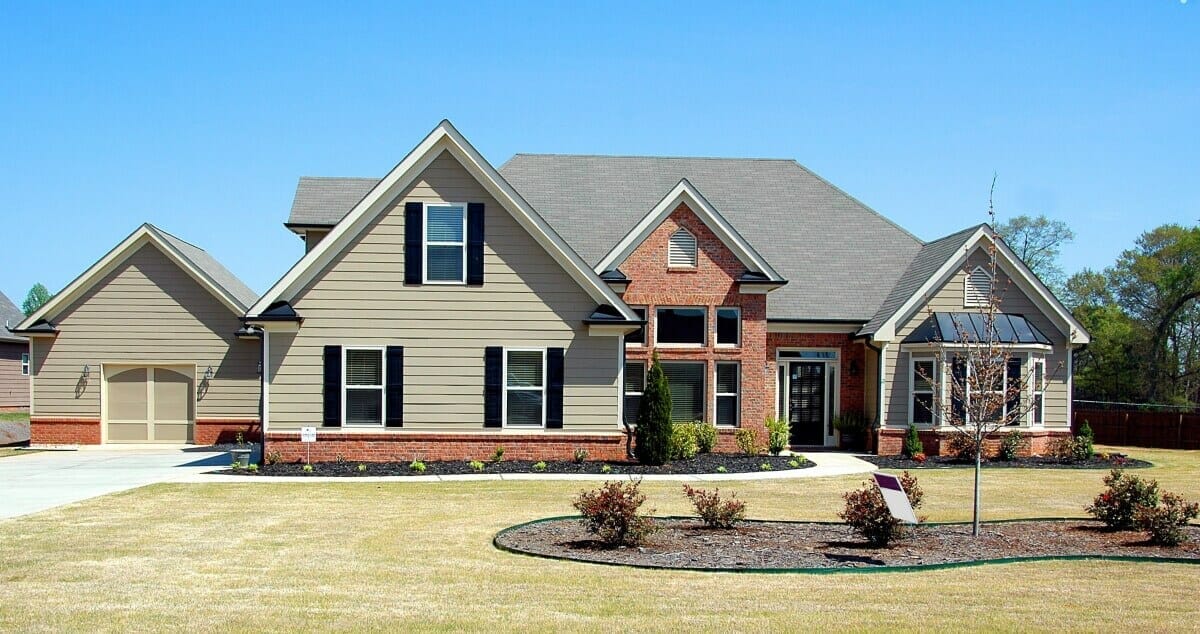Learning to flip houses can be a rewarding and lucrative side hustle or even a full-time career for those who are up to the challenge. Like any real estate business, house flipping has its own pros and cons. Notably, it requires a lot of time, effort, knowledge, good relationships, and resources to be successful.
To help you get familiar with the process, we will discuss the top four steps to help you get started with flipping houses as a rooking.

Understand The Process of Finding Quality Deals
One of the significant aspects of finding a suitable property to flip is establishing a deal flow or known as a deal pipeline. This just means that the flipper has a reliable system in place, resources, and/or proven methods of finding good deals from motivated sellers. Technology has streamlined this process and there are available tools to help novice house flippers and real estate investors.
If you’re the type of investor or flipper who would prefer to do it yourself, there are several ways that you can locate a good deal, which include the following:
- Locate Off-Market Properties
- Network with other investors
- Online, such as online classifieds like Craigslist
- Direct Mail
- Hire a Property Scout
- Search for pre-foreclosure or foreclosure properties
Understand How Much the Average Project Will Cost You.
While it’s true that every project is different, before you commit to a fix and flip project, you should still have a general understanding of renovation costs. For example, do you know how much it will cost to rewire a single-family home in your market?
Knowing these figures will help you make better investment decisions and choose better properties to flip. You will also learn which home improvement projects provide the most “bang for your buck” and otherwise increase the property’s value the most.
Generally speaking, kitchen renovations, increasing storage and closet space, and repainting both the interior and exterior of a property are the most common home improvement projects that will substantially increase your property value.
Invest According to the 70% Rule
All new rookie investors must be careful not to overextend themselves. Specifically, new investors must look to maximize their potential returns and avoid paying too much for a property. As such, knowing the property’s value coupled with the cost of repairs will help an investor determine the ideal purchase price.
The ARV, or After-Repair Value, is defined as the property’s value after it is completely repaired. According to the 70% rule, investors should not pay 70% or less of the ARV for the property, deducting any required repairs or upgrades.
Understand Your Financing Options.
As a house flipper, you will have access to several financing options, some of which we will discuss below.
- Cash. If you have significant savings or access to cash, you may purchase your property using all cash. Keep in mind that most sellers will be eager to accept all-cash offers, and this may open up various investment opportunities for your real estate investment portfolio.
- Traditional Bank Financing. For the most part, obtaining a fix-and-flip loan from a traditional lending institution is just like obtaining a loan for your primary residence. However, that is not to say that the process is simple; it’s not. You will need good credit and a large downpayment to qualify. Also, if you don’t have a history of flipping homes, the bank may be hesitant to lend you money.
- Hard Money Loans. These short-term loans are designed to be repaid within a year or less. Hard money loans are great options for investors who don’t have good credit or who may have been turned down for a loan with a traditional lending institution.
- Line of Credit or Home Equity Line of Credit (HELOC). If you own your primary residence or another home, you may have built significant equity in those properties. If so, you can tap into that equity and use the funds to invest in your new fix-and-flip project.
Overall, flipping houses can be an extremely rewarding experience. Novice investors must understand how to locate profitable deals and only invest in properties according to the 70% rule. Additionally, investors must explore all their financing options and pick one that fits their long-term investing goals and risk tolerance. Lastly, novice investors should work with an experienced contractor to get an idea of how much the average project will cost to complete in their market.
















